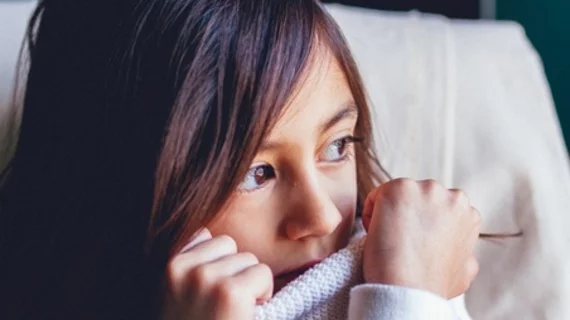New guidelines recommend imaging asymptomatic siblings of physical abuse victims
Providers also should image siblings and other “contact” children in cases of suspected physical abuse, according to new guidelines published Monday in JAMA Pediatrics [1].
Previous evidence has shown a strong association between abuse in the original presenting “index” child and others in the same household. However, there currently is no guidance outlining how to undergo screening this “significantly more vulnerable” group. To help fill this information gap, a group of 27 researchers from six different continents—including nine pediatric radiologists and seven neuroradiologists—collaborated to create the new guidelines.
They hope this document can help members of the specialty to prevent harm and avoid overlooking inconspicuous injuries.
“We wanted to create an evidence-based and consensus-derived set of best practices for the radiological screening of contact children in the context of suspected child physical abuse,” corresponding author, Kish Mankad, MD, with the Department of Neuroradiology at the Great Ormond Street Hospital for Children in London, said in a statement. “Contact children are particularly vulnerable to physical abuse and so it is important to establish a recognized baseline for the stringent evaluation of these at-risk children and provide clinicians with a more resilient platform from which to advocate for them.”
To compile their consensus statement, Mankad et al. conducted a systematic review of literature on the topic, along with incorporating input from more than two dozen experts in the field.
They now recommend that all contact children should undergo a thorough physical exam and history prior to imaging. (Contact children are defined as any asymptomatic siblings, cohabiting children or kids under the same care as the index child.) Those under 12 months should undergo neuroimaging (preferably MRI) and a skeletal survey, the guidelines recommend. Meanwhile, contact children between 1 and 2 years old should only undergo a skeletal survey, and no routine imaging is recommended for asymptomatic kids older than that.
“Follow-up skeletal survey with limited views should be performed if abnormal or equivocal at presentation,” the statement advised. “Contacts with positive findings should be investigated as an index child.”
The World Health Organization estimates that 300 million children between the ages of 2 and 4 suffer physical punishment or psychological violence at the hands of their caregivers. In about 37% of cases, siblings or other contact children also experience physical abuse. Absent these guidelines, radiological screening of contact children is “highly variable,” the authors noted, with one survey estimating that upward of 40% experience disparate or incomplete assessments.
Mankad et al. also recommend that contact children under the age of 5 undergo a thorough physical exam. Providers should pay particular attention to the skin, ears, throat, genitalia, and growth patterns.
“Radiological screening plays a central role in the multidisciplinary identification of suspected and occult abusive injuries. It is our hope that this international consensus statement will provoke a shift in clinical practice such that the routine screening of contact children is incorporated as a standard of care reflective of society’s obligation to the young and vulnerable, providing clinicians with a more resilient platform from which to advocate not only for the index child but for all at-risk children,” the authors concluded.

